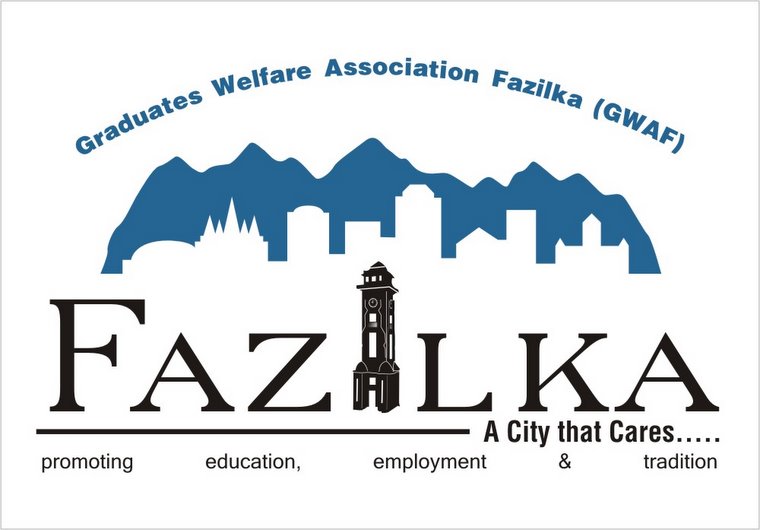http://www.tribuneindia.com/2010/20100205/main3.htm
Aditi Tandon
Tribune News Service
5th February 2010
New Delhi, February 4
Aditi Tandon
Tribune News Service
5th February 2010
New Delhi, February 4
Venkatraman Ramakrishnan may have won a Nobel for Chemistry, but he was never good enough to crack the IIT-JEE. The scientist was perhaps one among the hundreds who, year after year, lose their IIT dream despite top scores in the JEE of a given year.
Strangely for them, others with scores much lower than their own make it to the institutes, courtesy a heavily faulted and non-fixed procedure of fixing cut-off marks for math, physics and chemistry, which determine a student's eligibility for admission to IITs.
For the first time since decades of secrecy around the IIT system, large-scale discrepancy in admissions to institutes has surfaced, following efforts of Prof Rajeev Kumar, a faculty at IIT Kharagpur, who has brought the mass bungling to government's notice.
Shocking disclosures (from 2006 to 2009) he procured from IITs under the RTI are now in the knowledge of HRD Minister Kapil Sibal, who will meet the professor tomorrow to discuss the matter. The documents show how 994 top scoring students failed to make it to IITs in 2006 just because cut off calculations that year were faulted.
Picture this: A 2006 IIT-JEE aspirant with a cumulative score of 251 (101 in math; 96 physics; 54 chemistry) was disqualified for admission whereas another with a low score of 154 (37 math; 48 physics; 69 chemistry) scraped through. A top JEE 2006 scorer with 279 marks (36 math; 116 physics and 127 chemistry) was rejected against another who scored a meager 156 (45 math; 56 physics and 55 chemistry).
Reason: Top scorers in JEE 2006 failed to secure cut-off marks prescribed by IITs in either of the three subjects - 37, 48 and 55, respectively, for maths, physics and chemistry, respectively. Consequently, a student who had a high score of 101 in Math and 96 in Physics was disqualified that year only because he missed the Chemistry cut off by one mark, scoring 54 instead of the required 55.
What's shocking, however, is this: Cut off calculations for IIT-JEE 2006 which Prof Rajeev Kumar did on the basis of the criteria which IITs disclosed under the RTI yielded much lower minimum scores for the three subjects than what the IITs had claimed. Actual cut offs came out to be 7, 4 and 6, respectively, for math, physics and chemistry as against 37, 48, and 55, respectively, which IITs followed that year for admissions.
"The IITs then supplied many versions of the subject cut-off procedure (which to date is not fixed and keeps changing), none could correctly explain the stated cut offs used in 2006," Kumar stated today in his letter to the President of India, IITs and to Sibal.
Kumar's theory of IIT 2006 admissions being based on erroneous calculations gains ground considering unimaginable declines in subsequent JEE cut-offs — 4, 1 and 3, respectively, in 2007; 5, 0 and 3 in 2008 and 11, 8 and 11 in 2009, respectively for math, physics and chemistry. Equally inexplicable is the wide variation in cut off marks over years - in 2008, cut off for Physics was 0; it was 48 in 2006.
Documents further show that in JEEs (2007 to 2009), students with as low as 5 per cent marks (one scored just 8 marks in physics; the cut off was 0) were declared qualified. However, students with as high as 29 per cent marks in any one subject were rejected. The most shocking case involves a student who, with as less as 10 per cent marks in math (just 16) in JEE 2009 was placed at a high All-India rank of 1234, enabling him entry to any IIT. The trend is obviously in contrast to the IIT policy of fishing the best talent with basic knowledge of the three subjects.
The RTI has also exposed instances of wrong evaluation of question papers by IITs which still don't share JEE results on the day of the test. Before the test, they seek from students a declaration saying: "Admission irregularities can't be challenged". RTI documents with Kumar have revealed that in IIT-JEE 2006, questions worth 11 marks were wrongly evaluated. In 2008, a candidate with 10 marks in math qualified for admissions, whereas math questions worth 18 marks were wrongly evaluated.


No comments:
Post a Comment